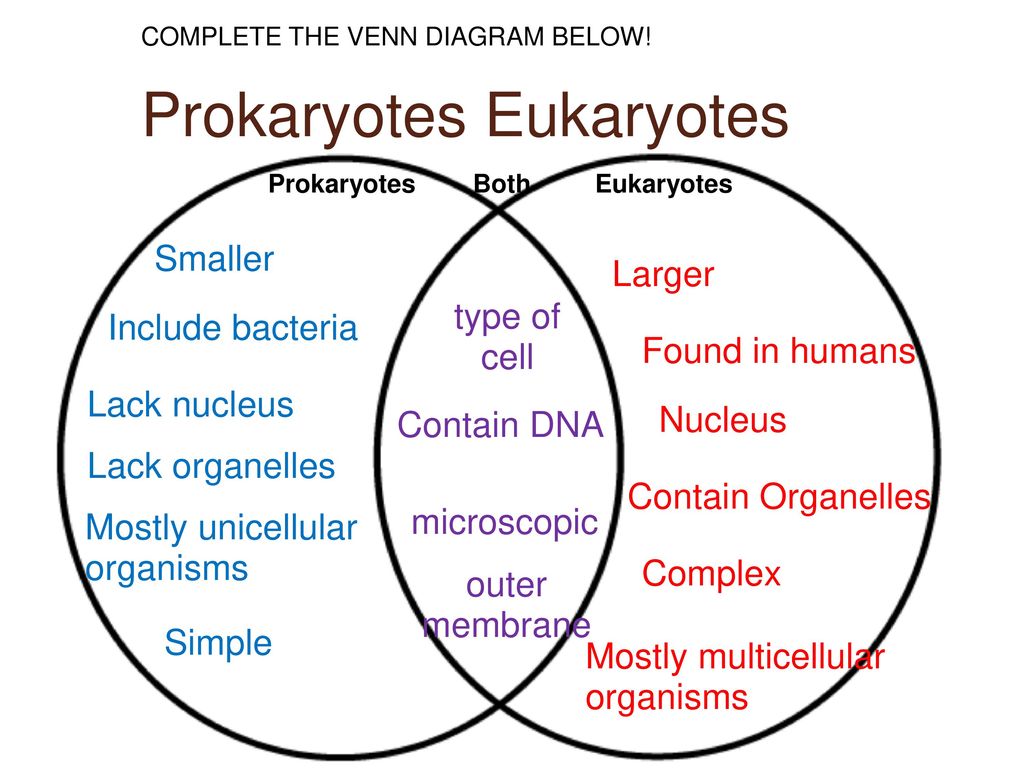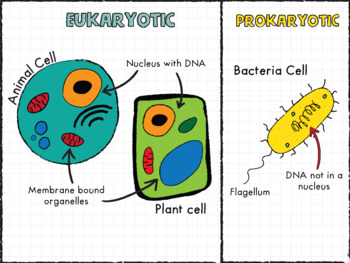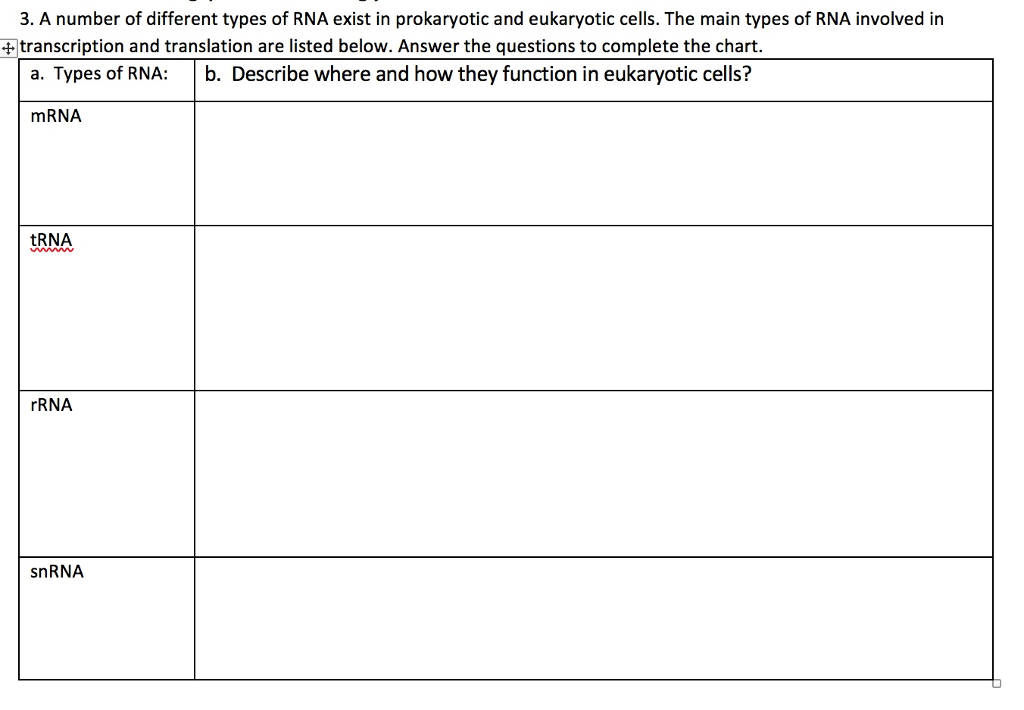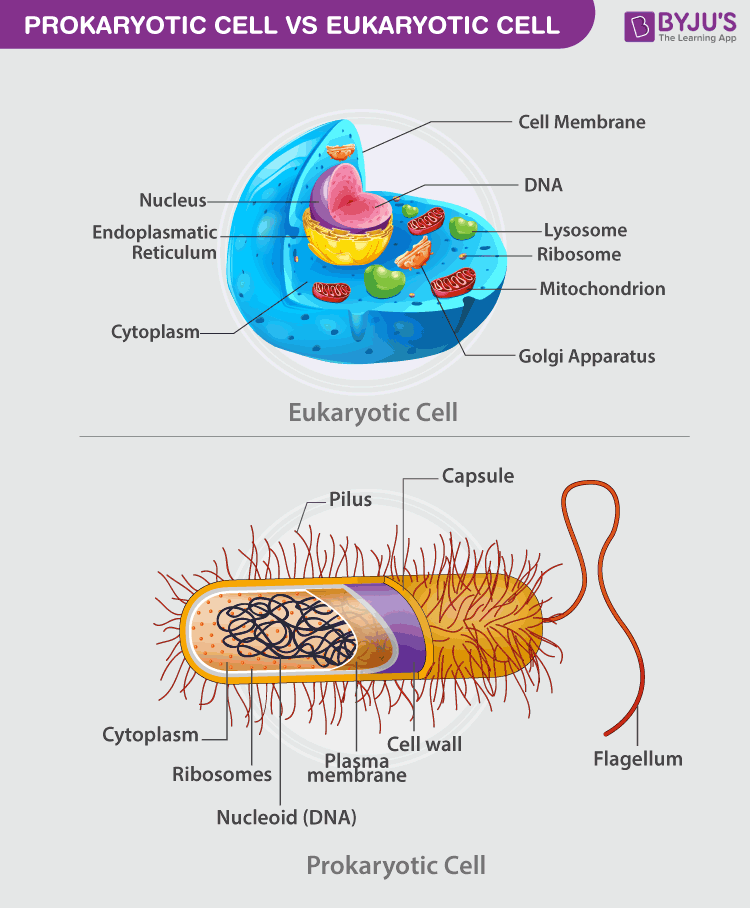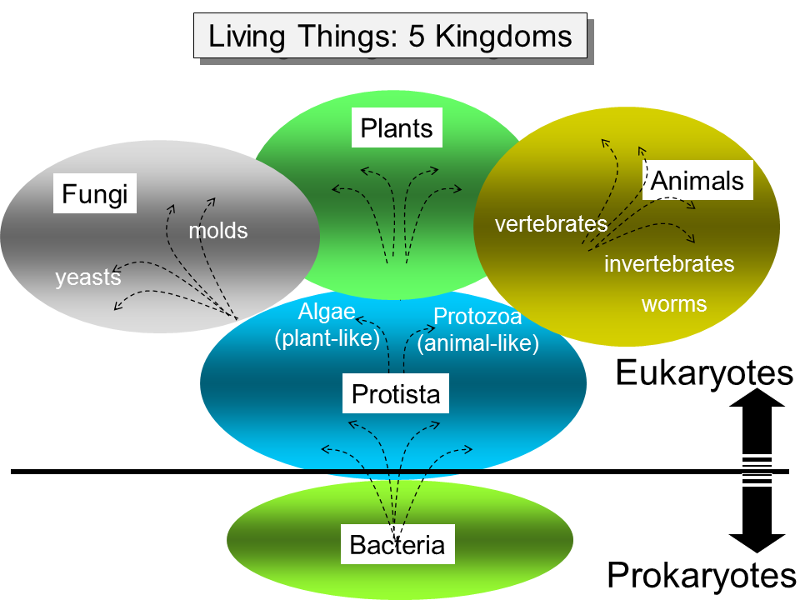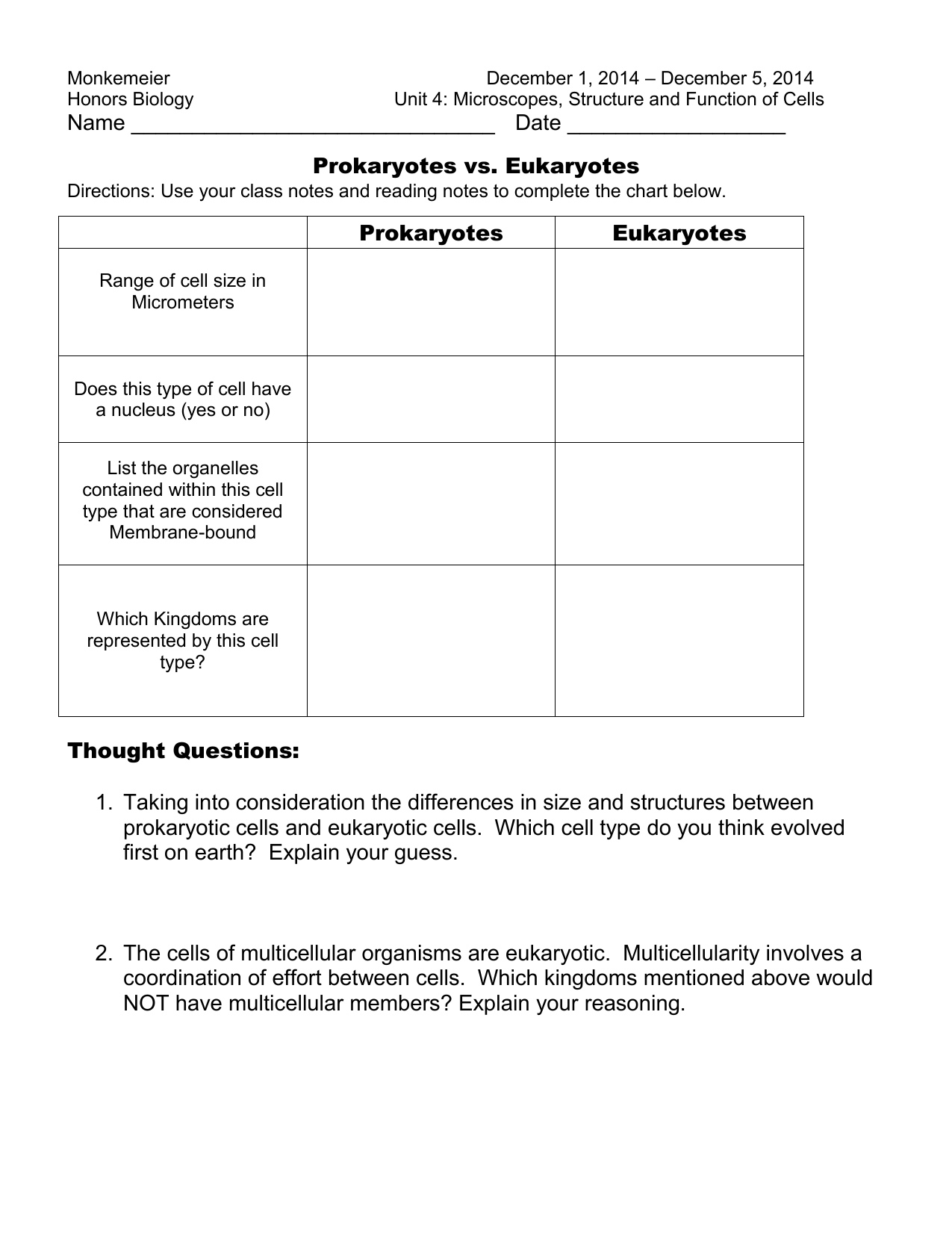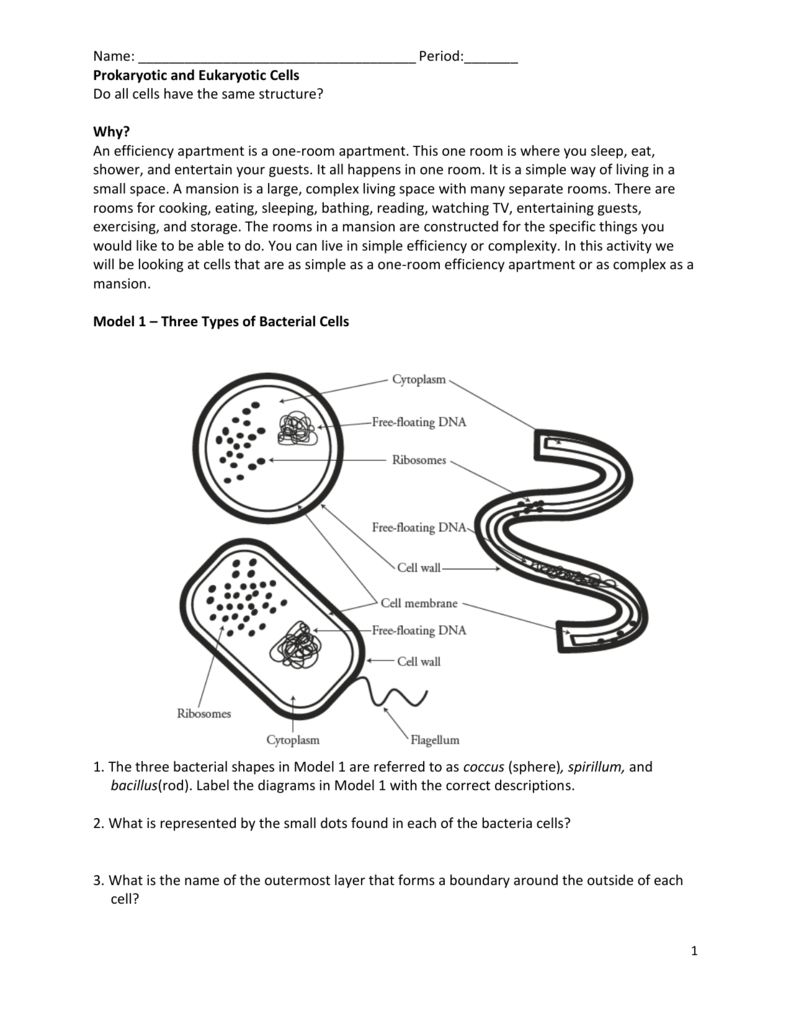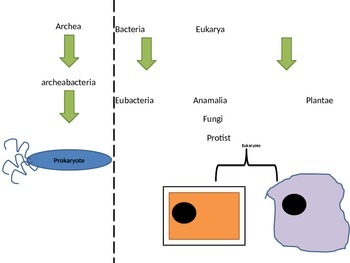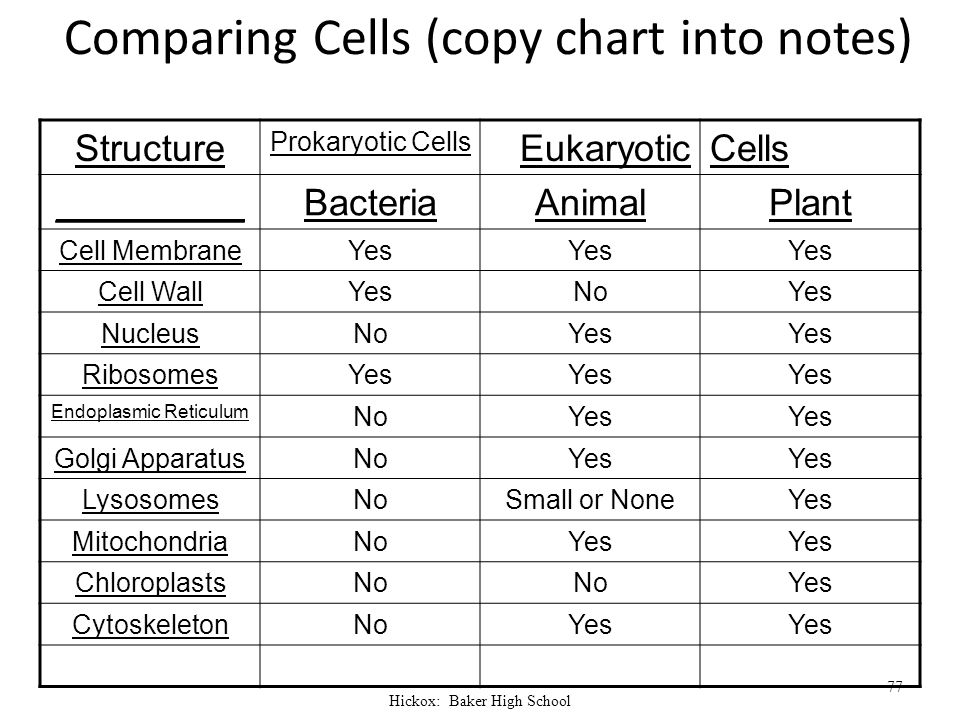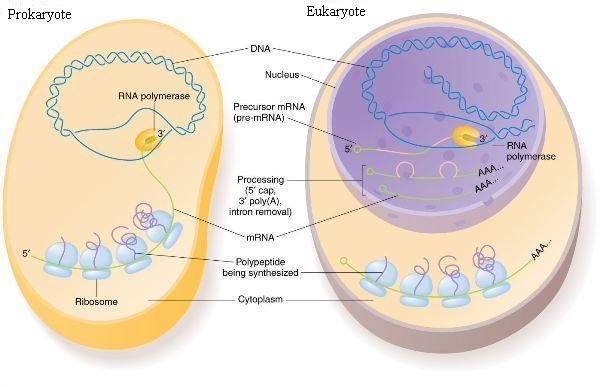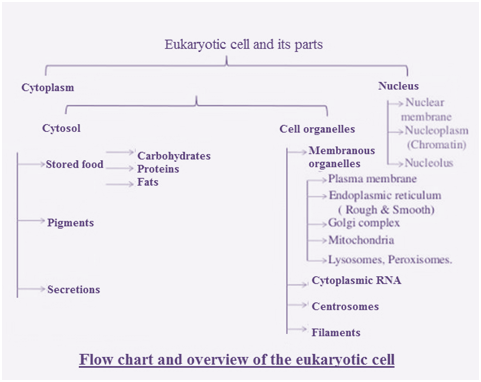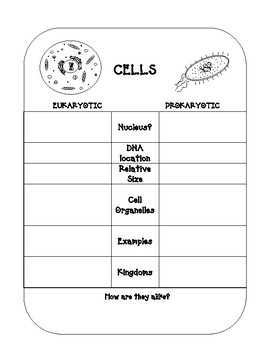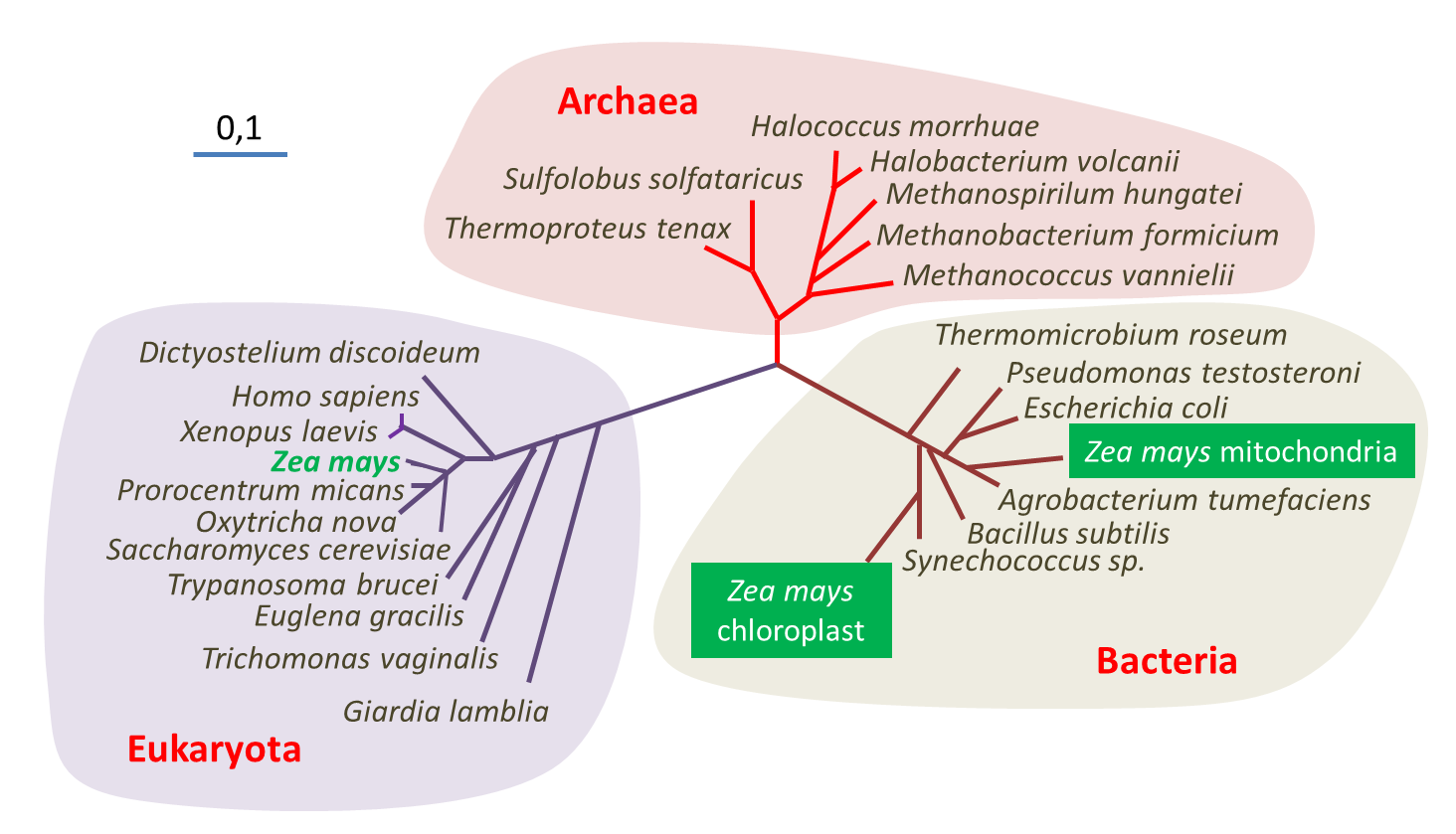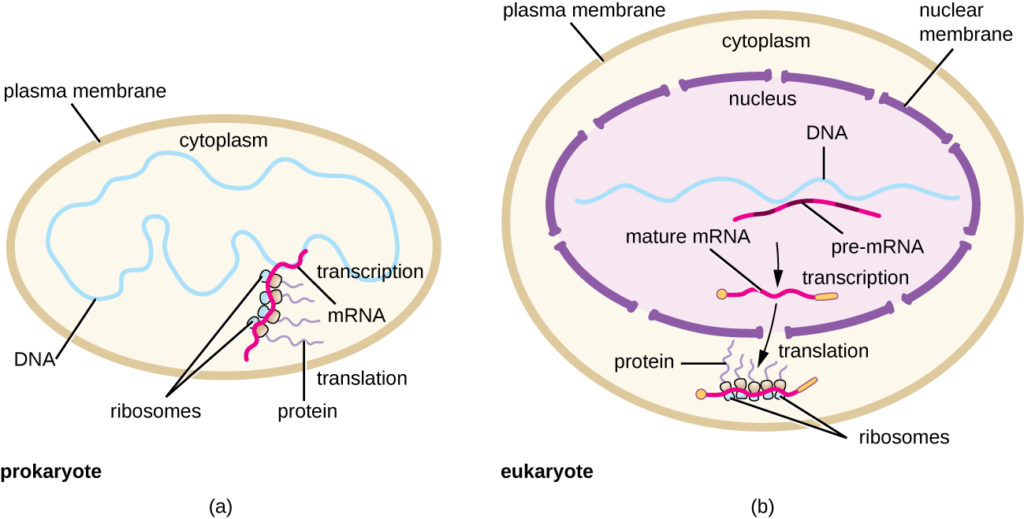Eukaryotes Vs Prokaryotes Chart
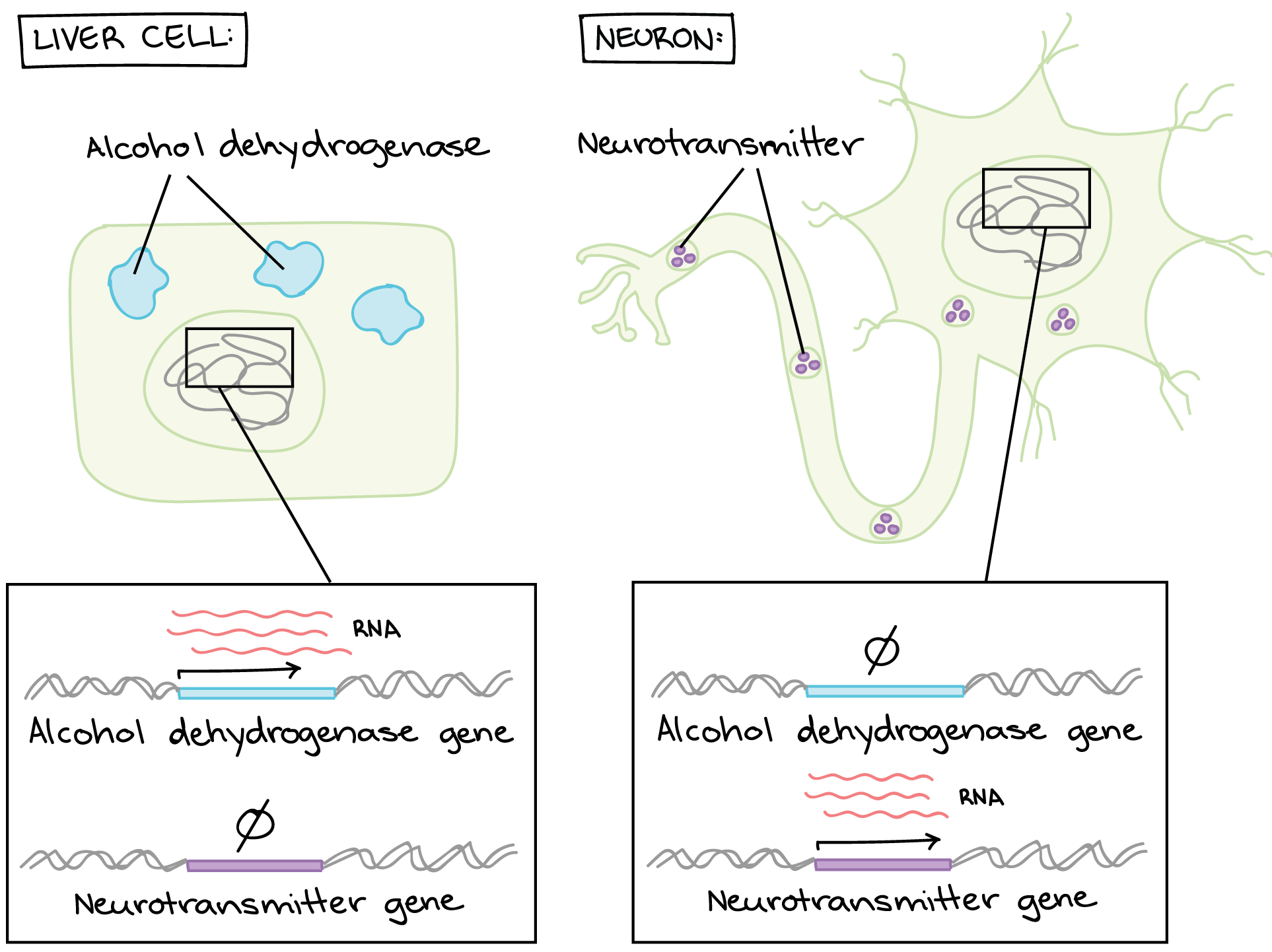
Eukaryotic cells contain membrane bound organelles such as the nucleus while prokaryotic cells do not.
Eukaryotes vs prokaryotes chart. Earth s organisms are cataloged by various types of cells. In contrast prokaryotes bacteria and archaea are single celled organisms with only a few exceptions. Eukaryotes are single celled or multi celled organisms that do contain a nucleus and membrane bound organelles.
A good way to remember the difference is to look at the greek origins of the words. Chart of prokaryotic vs eukaryotic cells. The distinction between prokaryotes and eukaryotes is considered to be the most important distinction among groups of organisms.
Differences in cellular structure of prokaryotes and eukaryotes include the presence of mitochondria and chloroplasts the cell wall and the structure of. The cell is the basic organizational and functional unit in all living creatures living organism fluctuate in size but they are all made up of cells. A cell is the basic unit of structure and function for all life and although there are many different forms of specialized cells such as neurons epithelial cells muscle cells etc at the most basic level cell biology there are only two true cell types prokaryotes and eukaryotes.
Prokaryotic vs eukaryotic cells. Most of them are multicellular although there are some exceptions. The primarily single celled organisms found in the bacteria and archaea domains are known as prokaryotes.
Prokaryotes tend to have smaller cell sizes than eukaryotes. Prokaryotes are single celled organisms that do not have a nucleus or any membrane bound organelles.









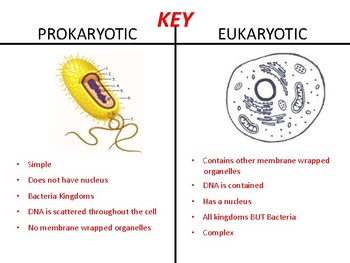

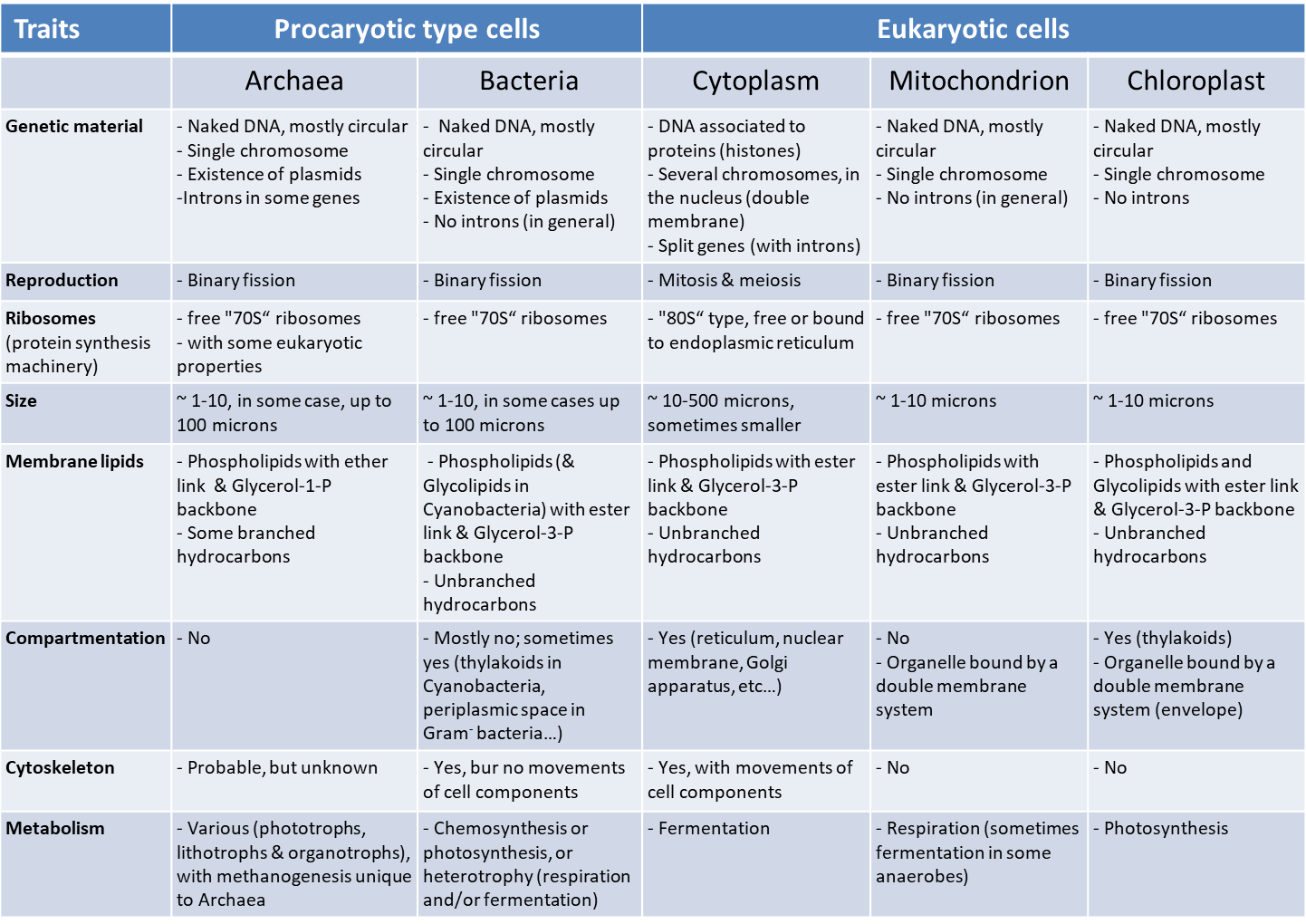



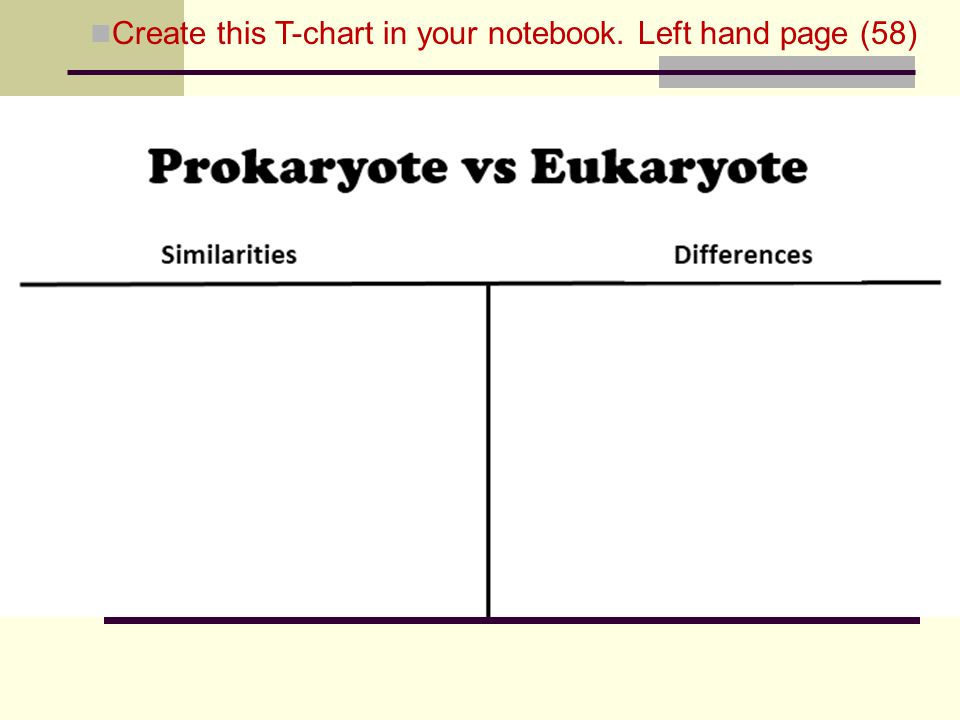





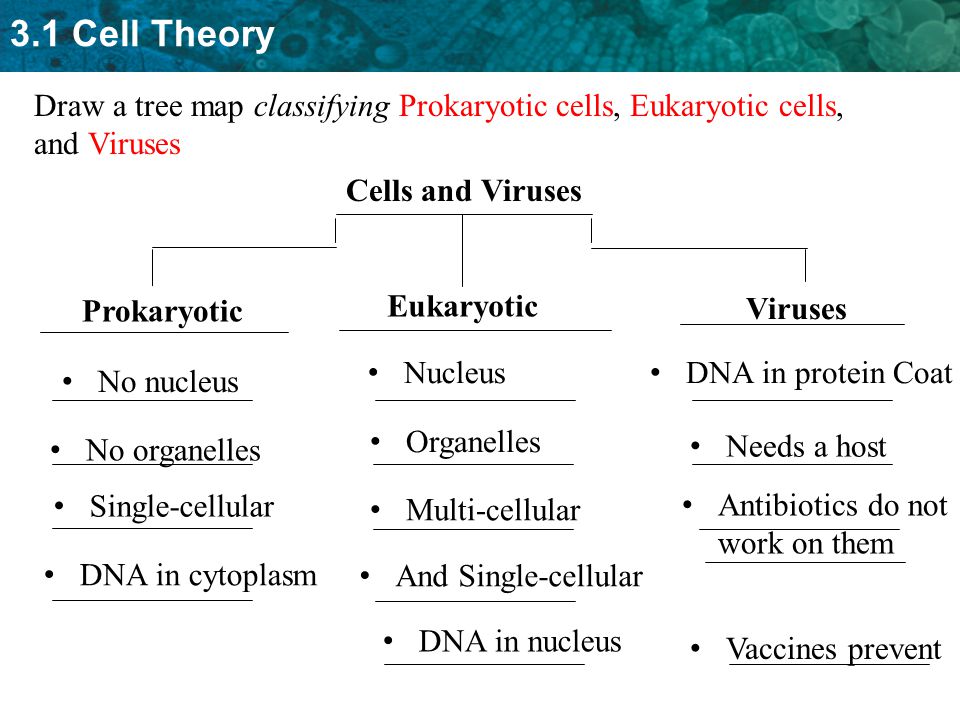

/what-are-prokaryotes-and-eukaryotes-129478-v41-5b69b4c546e0fb0025628d06.png)


